Gimblett Gravels Annual Wine Selection 2021: An Exceptional Wine Region, Exceptional Wines
by Ken Gargett
We recently looked at the extraordinary achievement of Andrew Caillard MW in compiling his three-volume history of Australian wine, ‘The Australian Ark.’ I mentioned that among his other contributions to wine was choosing a collection of one dozen Gimblett Gravels reds, which form what they call the Annual Selection. Around five years ago, we looked at the 2016 Selection. This time, 2021.
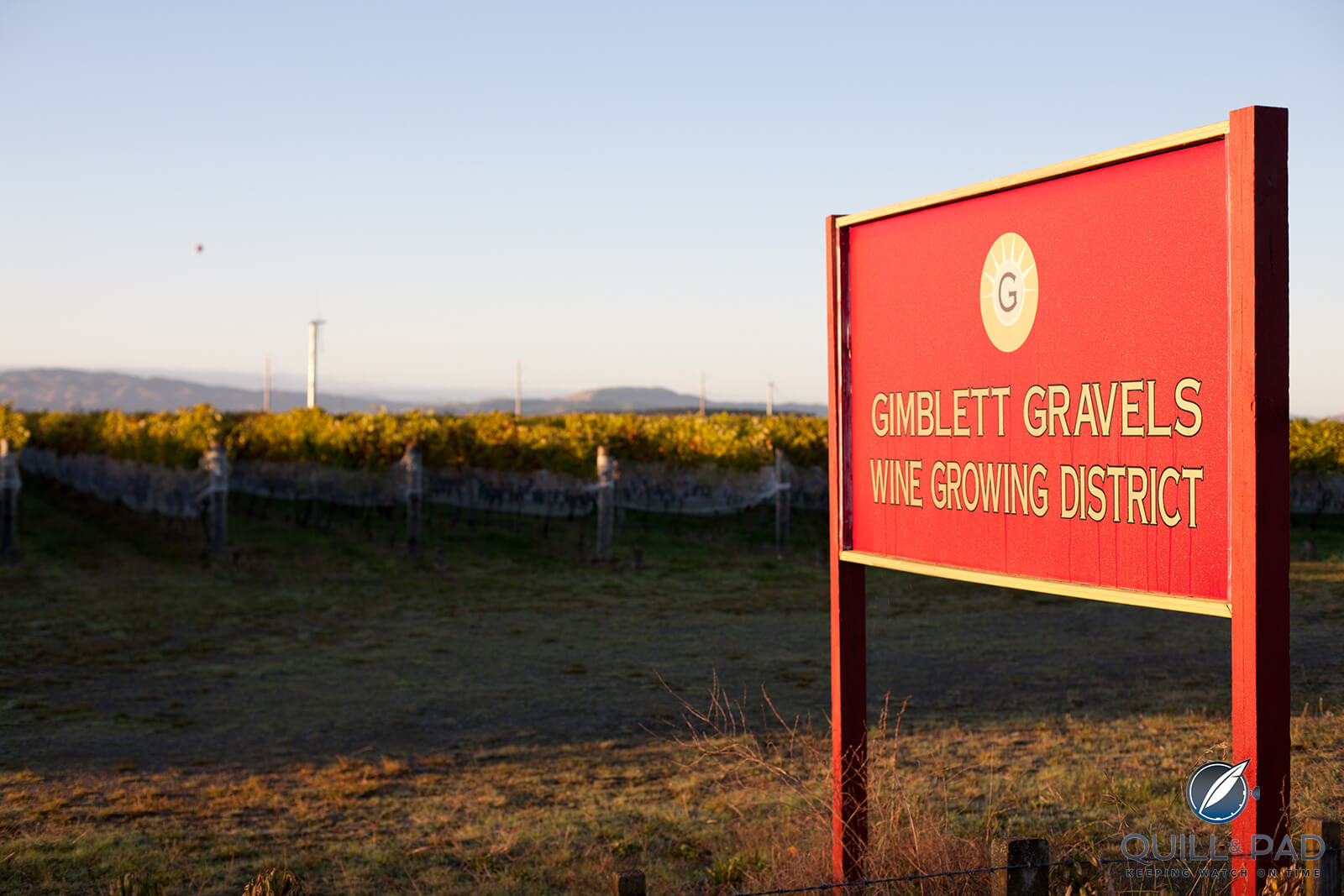
Gimblett Gravels
I have just had the chance for an extensive immersion into New Zealand wines, top to bottom for a couple of weeks, including those of Hawkes Bay, so it seemed an ideal time to look at the latest Selection, from the 2021 vintage. The other reason for doing so is that, for me, the quality of this latest Selection lifts it above anything else I have seen from this project. This is especially so for the Shiraz (or Syrah, as the Kiwis prefer to call them). 2021 is a superb vintage in the region (and across most of New Zealand).
The Selection is sent to wine writers around the globe, so that they may make an assessment of the vintage. I have been fortunate to receive a set for quite a few years now – since the 2011 Selection according to records. This time, I also had the opportunity to sit down in Hawkes Bay and have another look at them on home territory. The thoughts which follow are a combination of the two experiences.
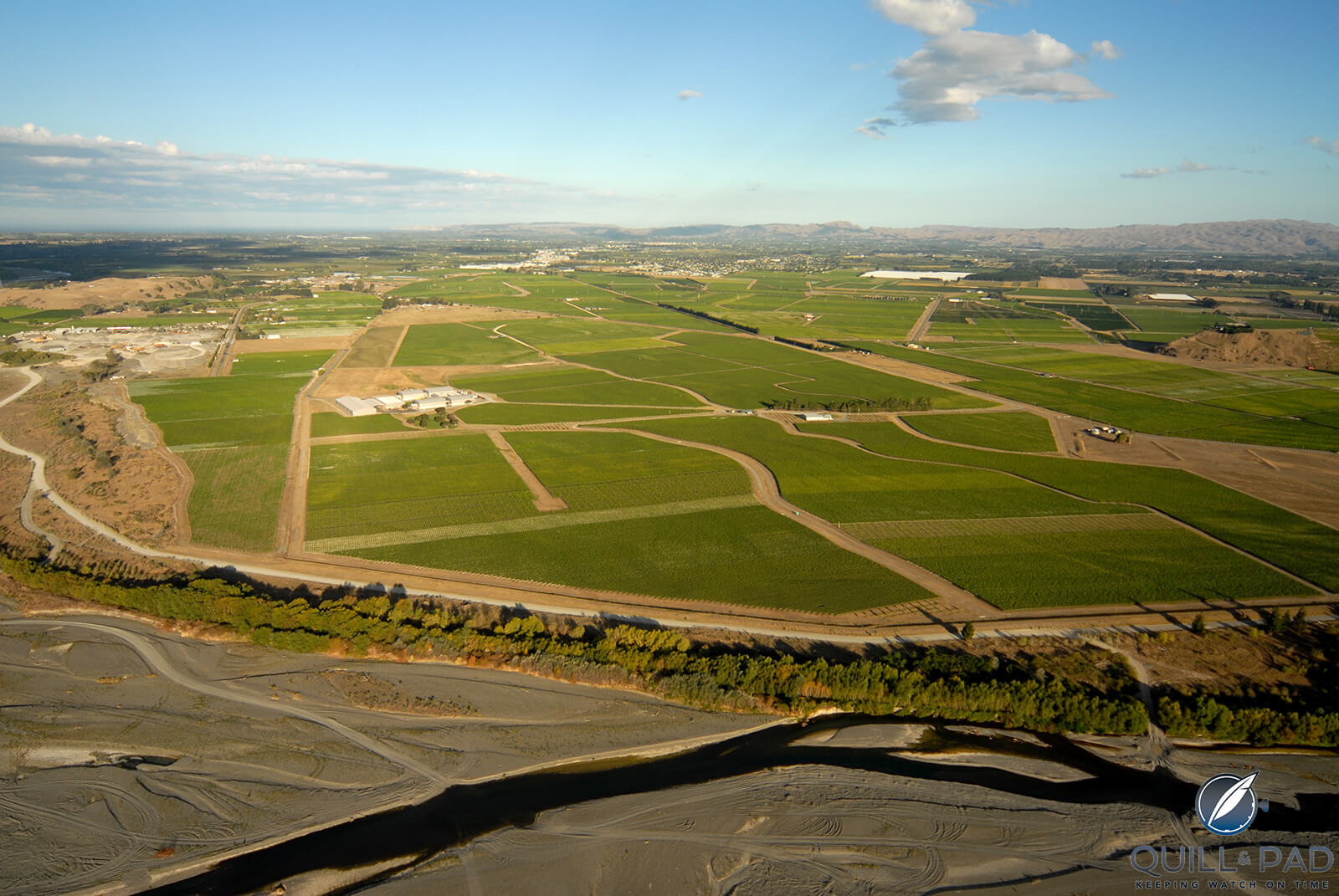
Gimblett Gravels wine growing district
First, Gimblett Gravels. This is an amazing region, surely the youngest wine region in the world in geological terms. Part of the Hawkes Bay region on the east coast of the North Island of New Zealand, it literally did not even exist 150 years ago. I don’t mean as a wine region; I mean at all. Back then, it was underwater. Grapes have been grown here for hardly more than 30 years.
The Ngaruroro River was perfectly happy meandering through the Hawkes Bay region for millennia. Then, in 1867, floods changed the layout of the rivers here, revealing the gravel. Also responsible, according to some, in 1870, an earthquake helped to expose the gravels, establishing the basis for what would become a unique sub-region, the Gimblett Gravels.
Earthquake or floods? Take your pick, although what is not in doubt is that before 1867, this tiny sub-region was underwater. Can any other premium wine region on the planet say the same?
Of course, it was far from that simple. It is worth noting that despite the near rockstar status the sub-region enjoys today, there are also many superb wines from the rest of the Hawkes Bay region. However, if one moves away from Pinot Noir, many of the very best reds from New Zealand do hail from the Gravels.
————————————————————————————
————————————————————————————
Gimblett Gravels is around just 800 hectares. Estimates of its lack of fertility suggest that one would need more than a hectare (three acres) to maintain a single sheep. It sits a mere 30 metres above sea level. This was not highly coveted land, miserable stony soil if ever any existed. It was used for drag strips, an army firing range and industrial warehouses. A concrete producer took up 150 hectares to quarry for gravel.
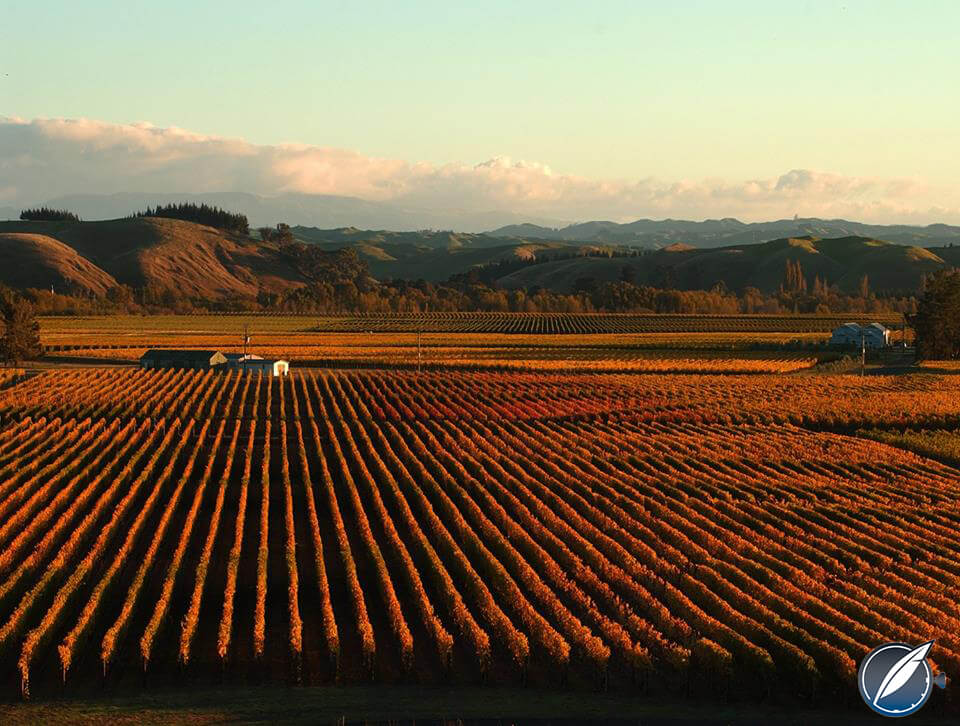
Gimblett Gravels vineyards in autumn/fall
If not for the efforts of a few pioneers, no one outside a few locals and those in the concrete industry would have ever heard of the Gimblett Gravels and the place would be a hole in the ground.
In the late 1970s, a few Chenin Blanc and Muller Thurgau vines were planted. Then, in 1981, Chris Pask purchased forty hectares on which to try his luck ripening Cabernet Sauvignon and other Bordeaux varieties – at the time, New Zealand reds had a reputation for being thin, green, weedy and herbal.
A year later, Dr Alan Limmer established Stonecroft, on soils that most certainly deserved the name, also planting Cabernet, but crucially, a single row of Syrah. The Syrah vines were ones he had rescued from the Te Kauwhata research station. They were the only Syrah vines in New Zealand at the time and were headed for destruction.
So what on earth would entice anyone to try and plant grapes, especially a variety that had seen no success at all anywhere in New Zealand, in such stony, awful soil? Surely, no sane man would attempt this. Fortunately for us all, Dr Alan Limmer was a soil scientist.
Limmer’s application to the local council to establish a winery was rejected but, again fortunately for all winelovers, this was overturned on appeal. Limmer then undertook a lengthy legal battle to stop the quarrying and have the land zoned for viticulture. Other winemakers joined him. It took over a decade, but victory finally arrived in 1992.
Prior to this, Bordeaux blends made by Pask from 1985 and 1986 had been very successful. By 1991, there were still only a miserly 20 hectares of vines planted here, but soon other companies were realizing that New Zealand red did not have to mean green, and plantings kicked off in a big way, for a small region.
Today, it seems that anywhere a vine could be planted, you’ll find one. The vast majority are red grapes, especially the Bordeaux varieties. Merlot is dominant with the Cabernets, Sauvignon and Franc, also prominent.
————————————————————————————
————————————————————————————
Gimblett Gravels is a sub-region but not quite like any other. Local vineyard owners formed a society and in 2001, launched the Gimblett Gravels Wine Growers Association.
The lack of and type of soil certainly impacts the grapes, as does proximity to the sea and the warm breezes that flow through. Steve Smith MW, one of the winemakers who fought hard for the region in the early days (and still does), has described the soils here as “pure gravel beds with lenses of sand, silt and clay at various depths.” Irrigation is necessary.
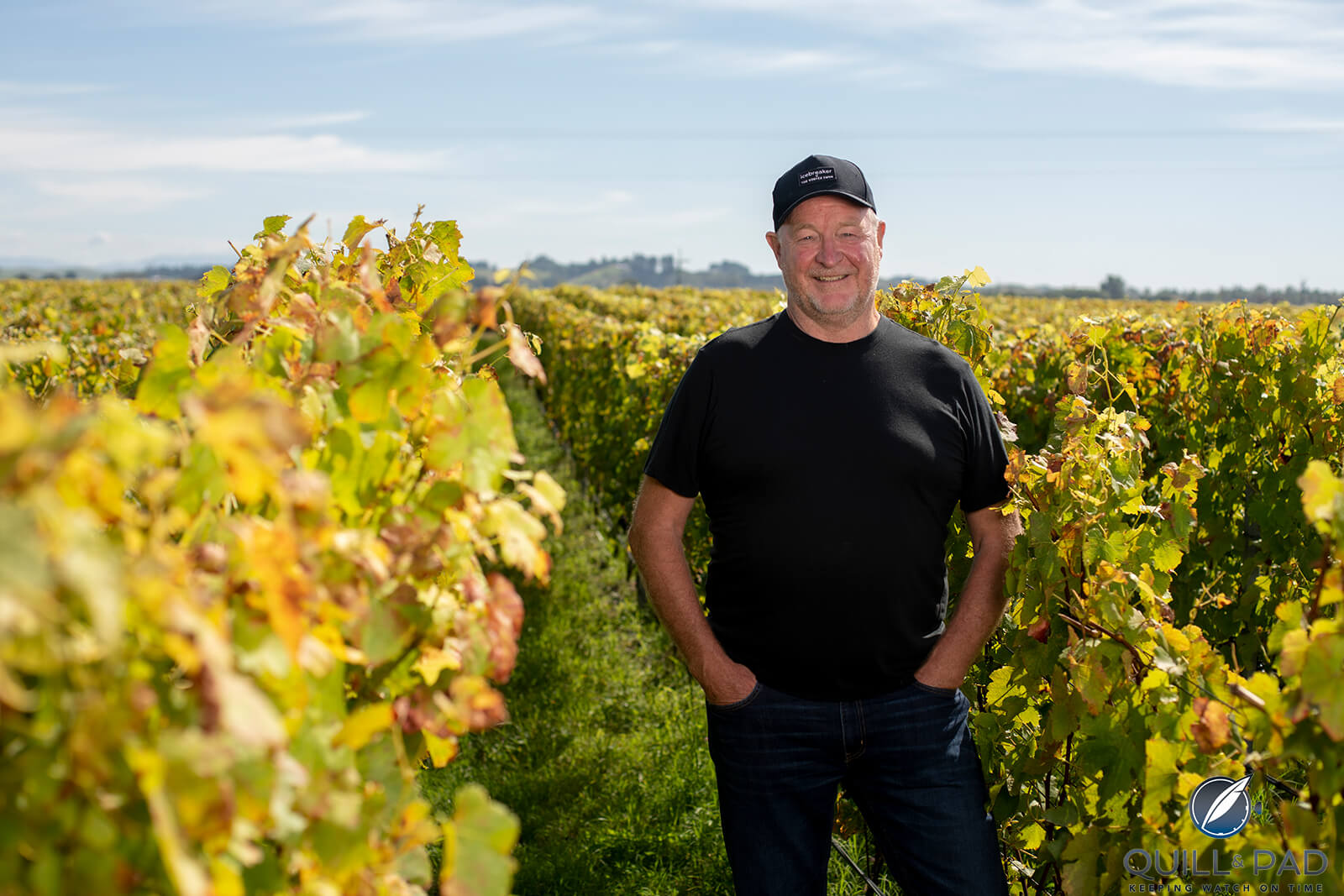
Winemaker Steve Smith
Innovation in viticulture also plays a role, but such matters are probably better discussed in technical publications (in other words, most of them are way beyond me).
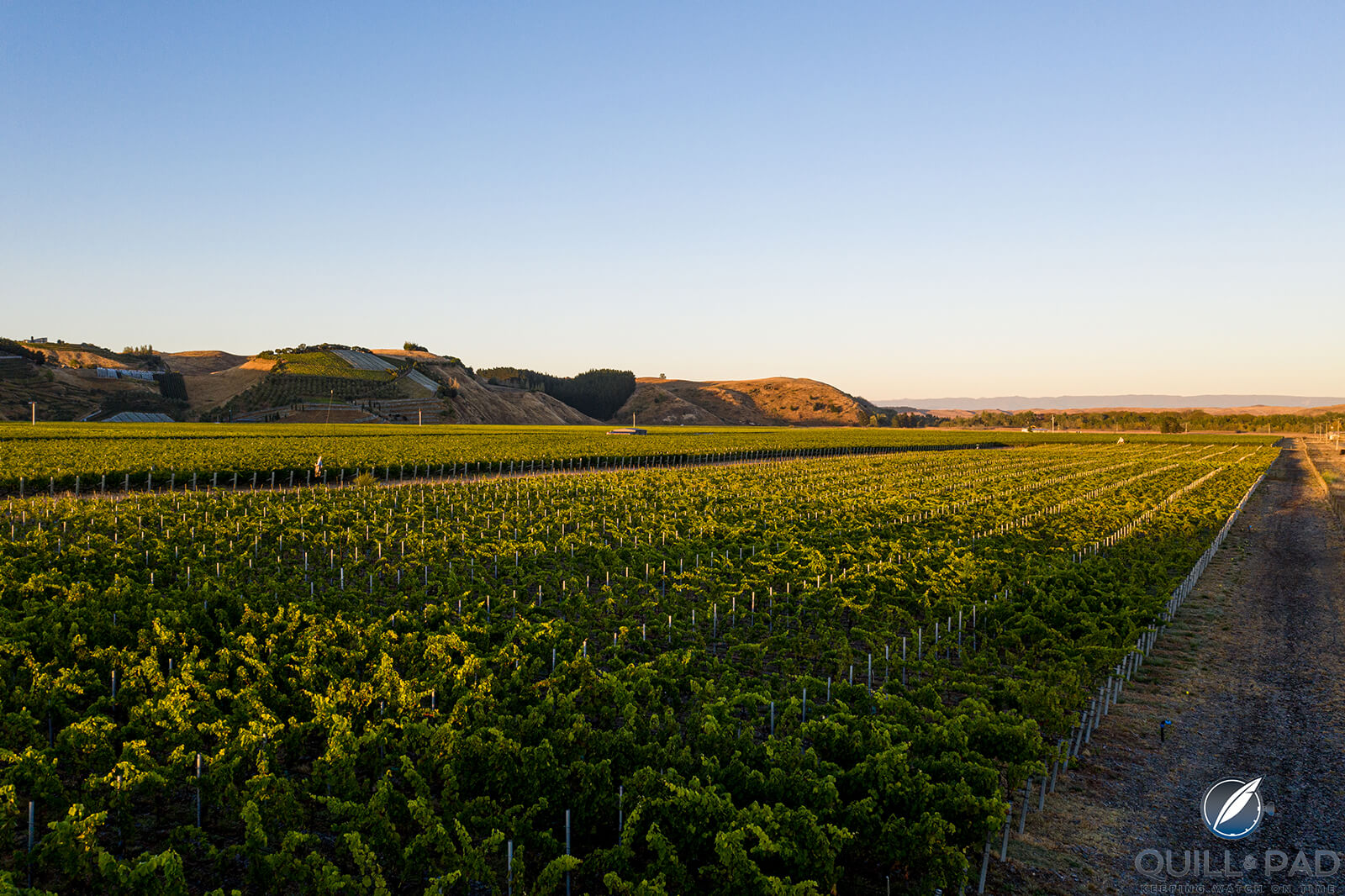
Smith & Sheth Omahu vineyard Gimblett Gravels
Steve was one of the founders of Craggy Range and subsequently Smith & Sheth – both of which use grapes from the Gravels. To show just how important the stones here are, not dissimilar to the galettes in the Rhone Valley that absorb heat in the day and slowly release it during the night to the vine’s advantage, he sent me a photo recently, on a day where the temperature in the Smith & Sheth ‘Omahu Gimblett vineyard’ was a warm 29°C. The photo shows the temperature of the stones under the vines on one of those thermometer guns. 56.1°C. Almost twice! That heat is slowly dissipated to the vines through the night.
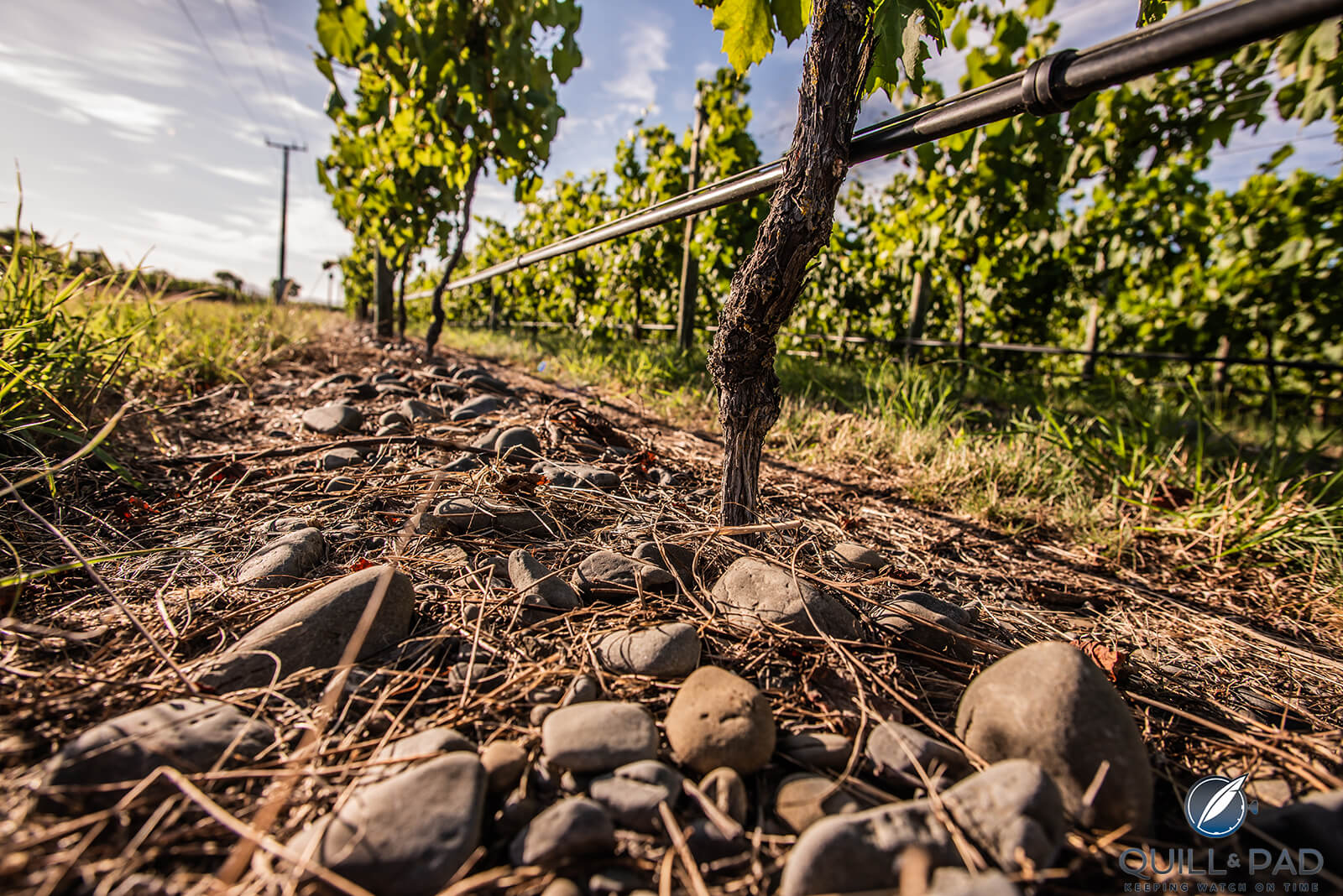
Rocky soil at Trinity Hill vineyard, Gimblett Gravels
Steve notes that the stones build such heat because of the high UV light in the region and the dark grey colours of the stones, which absorb heat, rather than reflect it.
The Association’s website details 24 wineries (and three growers) for the Gravels, plus an absolute pirate’s ransom in bling that has been won by the wines.
35% of the land is planted to Merlot. Today, Syrah has grown to 20%, while Cabernet Sauvignon occupies 15%, Malbec 7% and Cabernet Franc 4%. Around 10% is home to Chardonay and Viognier, with a smattering of other varieties.
The overall Hawkes Bay region, the oldest winemaking region in New Zealand, is around 4,700 hectares with over 90 wineries. The most extensively planted variety is Chardonnay, fractionally ahead of Merlot and then Sauvignon Blanc, with a drop back to Pinot Gris.
Hawkes Bay represents just 10% of all New Zealand’s production, making it the second largest wine region in the country (and in turn, highlighting the importance of the much larger Marlborough).
————————————————————————————
————————————————————————————
I well remember my first experience with the Gimblett Gravels, and meeting Steve Smith for that matter. Late 1990s, I was visiting the region and Steve, in the process of establishing Craggy Range, was showing me around. Around an empty paddock. But he was so enthusiastic about it, it was hard not to get swept up in it all.
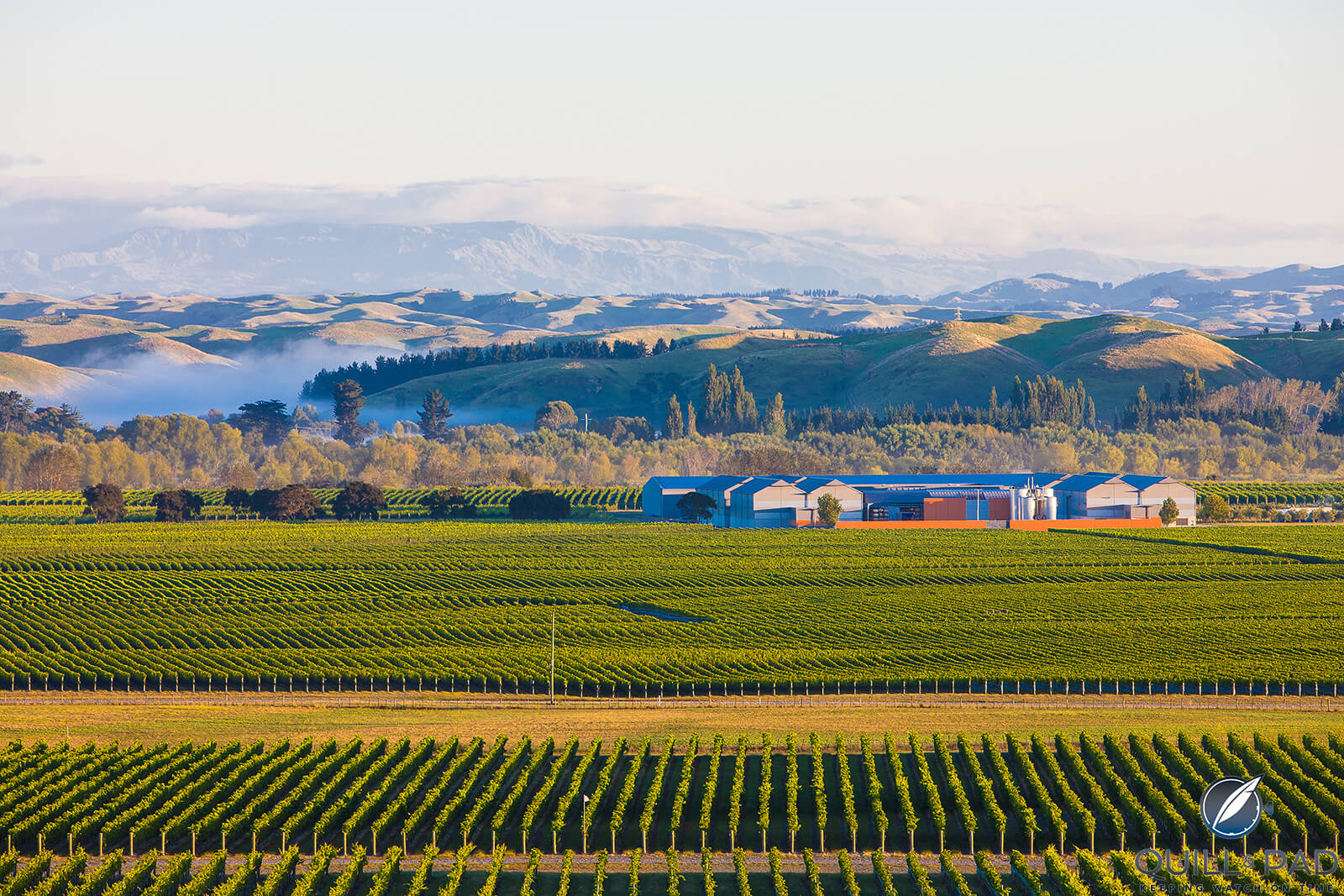
Craggy Range winery and vineyards in Gimblett Gravels, New Zealand
This was going here, and that was going there. An amazing state of the art winery was planned for somewhere else. A second winery nearby. And they even had some test tubes of trial wines, made in an old shed, that he wanted to show me.
Of course, we were standing where Craggy Range would, sooner rather than later, become world famous. Just a few years later, I was sitting in the crowd at the opening of the winery, on possibly the coldest January night in history (even though it was summer in the Southern) with Sir Edmund Hillary on stage and the Auckland Philharmonic Orchestra playing in the background, as he told us the tale of the last stages of his ascent of Everest. Not a dry eye, as they say.
I remember one of the test tube wines as well, a very young Syrah of some 15 plus % alcohol. Unheard of in New Zealand at the time. A forerunner of the Craggy Range Le Sol Syrah, and we’ll discuss that very wine shortly. Craggy Range, like much of the region, was a world class operation put together impressively quickly.
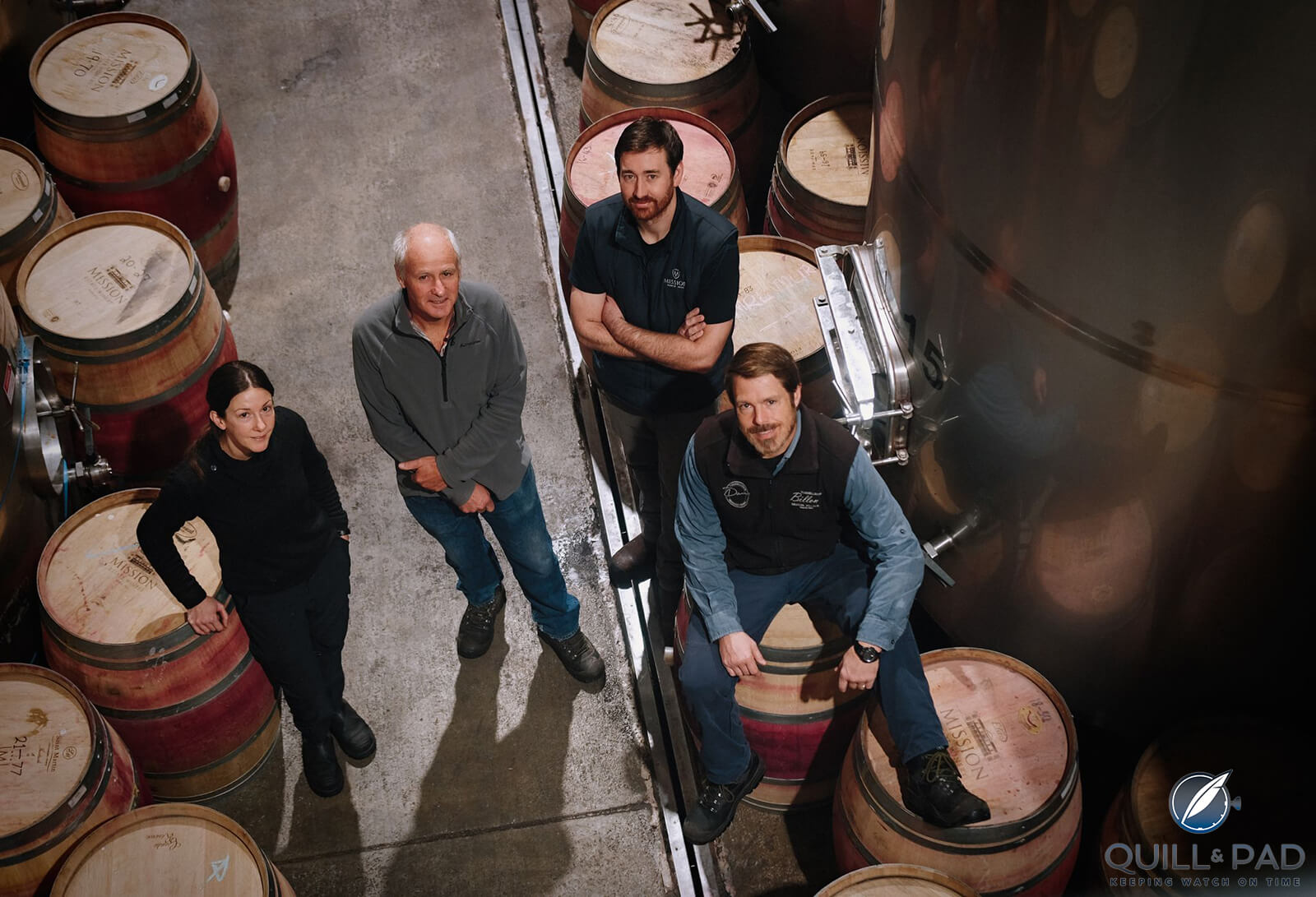
Gimblett Gravels Mission Estate winemakers
While on Syrah in New Zealand, there are only around 450 hectares planted across all of the country, with 85% of it (so around 380 hectares) located in Hawkes Bay. Of that, around 160 hectares are in the Gravels.
So we are not talking the Riverland or the plains of Spain here. It means that if these grapes are not making special wines then they’ll probably be replaced by something else, sooner rather than later. For me, especially in the Gravels, they are indeed making some very special wines.
The fame of this sub-region has exploded in an incredibly short time. Part of that can be attributed to the very clever idea of sending their Annual Selection to critics around the world (an idea that plenty of other regions would do well to steal).
————————————————————————————
————————————————————————————
The 2021 Selection is the fourteenth time that we have seen such a release, beginning with the 2008 vintage. Caillard has compiled every one. It is always interesting to see whether it is a Bordeaux Blend year or a Syrah year, although in fairness, the amount of Syrah planted here is so miniscule that it is always up against the odds.
The split of wines in the Selection is usually reasonably even, slightly in favour of the blends. The 2010 release saw nine blends and three Syrah, while 2009, 2011, 2016 and 2020 saw eight/four. 2013, 2015 and 2019 saw a 7/5 split in favour of blends, while 2017 and 2018 were equally divided. Only in 2008, 2012 and 2014 have we seen seven Syrah with just five blends.
Moving to 2021, this was the third of a trio of top years for the region, and perhaps the best of the lot (for me, it certainly was). A “long, warm and even” growing season with the earliest harvest seen here. Slightly drier than average, but winemakers had the advantage of being able to harvest at optimum flavor ripeness.
Put bluntly, if you don’t like the reds from the Gravels from 2021, then this is not a region for you.
As you have probably gathered, there is always a friendly rivalry, for want of a better way of putting it, between the Bordeaux blend reds and the Syrah. I have had long and friendly discussions with a good friend who insists that the Craggy Range Sophia – their Merlot dominant Bordeaux blend (77% Merlot, 23% Cabernet Franc) – is the pick of their range. Personally, for me it is their Le Sol, but I am always happy to enjoy either. It is the sort of thing that this project throws up.
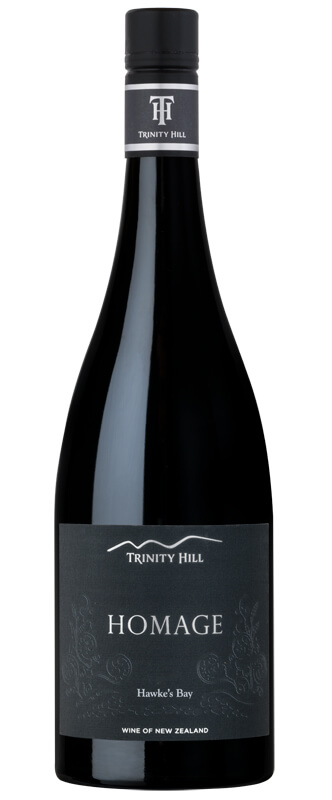
Trinity Hill Homage
I love the Gravels’ top Syrah – we have featured two of the very best here in the past: Craggy Range’s Le Sol and Trinity Hill’s Homage. There are, of course, others and I hope to feature another shortly. It is no surprise to hear winemakers talking about replacing some of their Bordeaux varieties with more Syrah.
For the 2021 Selection, the Syrahs are simply breathtaking, but the blends were no slouches either. It was a six/six split.
————————————————————————————
————————————————————————————
Looking at an average of my scores from the six Syrah, even accounting for a touch of enthusiastic generosity, it was a whopping 96.3. The blends were also impressive with 94.5. Granted both high, but remember that these are some of the very best wines from a superb region and a top year. They had better be good.

Craggy Range Le Sol Syrah
Syrah first and, perhaps not surprisingly, my top two 2021 wines were the Le Sol and the Homage, both 98 points. These are world class wines and deserve a place in every serious cellar.
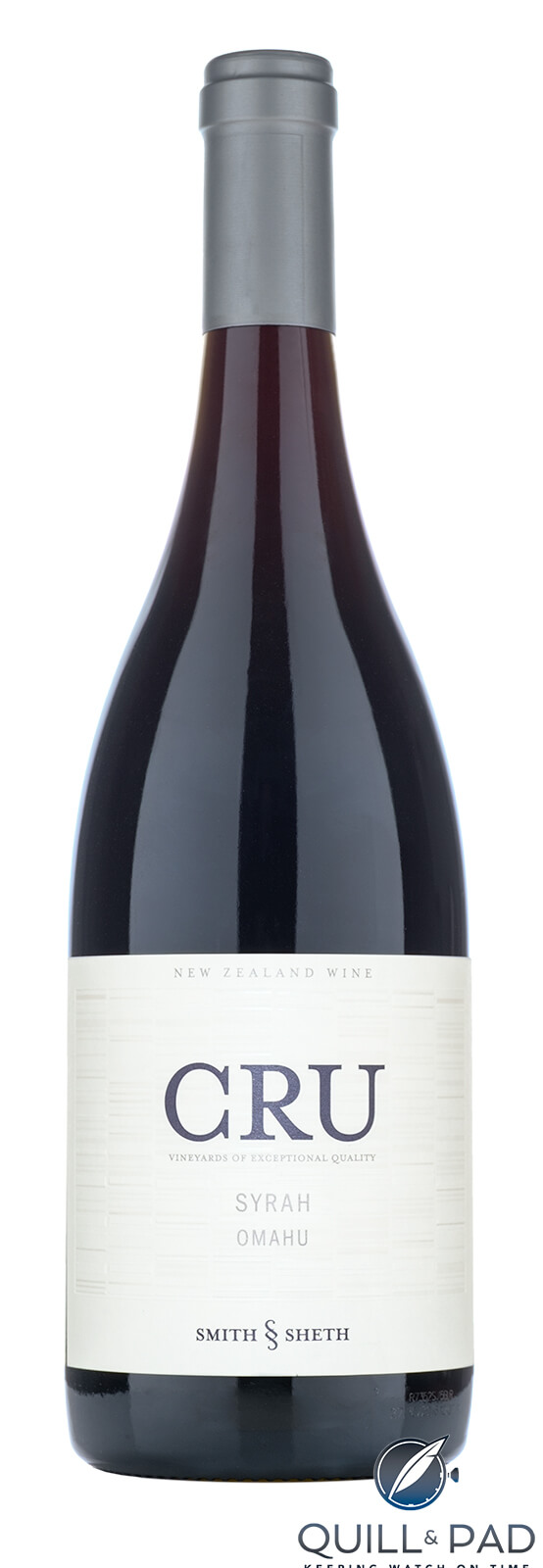
Smith & Sheth CRU Omahu Syrah
The Smith & Sheth Cru Omahu, which rather interestingly has a 3% dollop of Tannat in it, was a whisker behind.
The test tube wine mentioned above was Craggy Range’s very first attempt at their flagship Syrah, Le Sol (we think, the 1999). I have never forgotten that first sample, at 15%. My notes from the time described it as “beautifully balanced, fragrant, and exploding with exuberance.”
When tasting the 2021 Le Sol in the Selection, I saw it marked at just 13% and immediately questioned this. Not because it was over-alcoholic in any way, but because the richness, generosity and exuberance here defied belief that it was merely 13%. I am assured that this is what the region can now provide. Thrilling stuff.
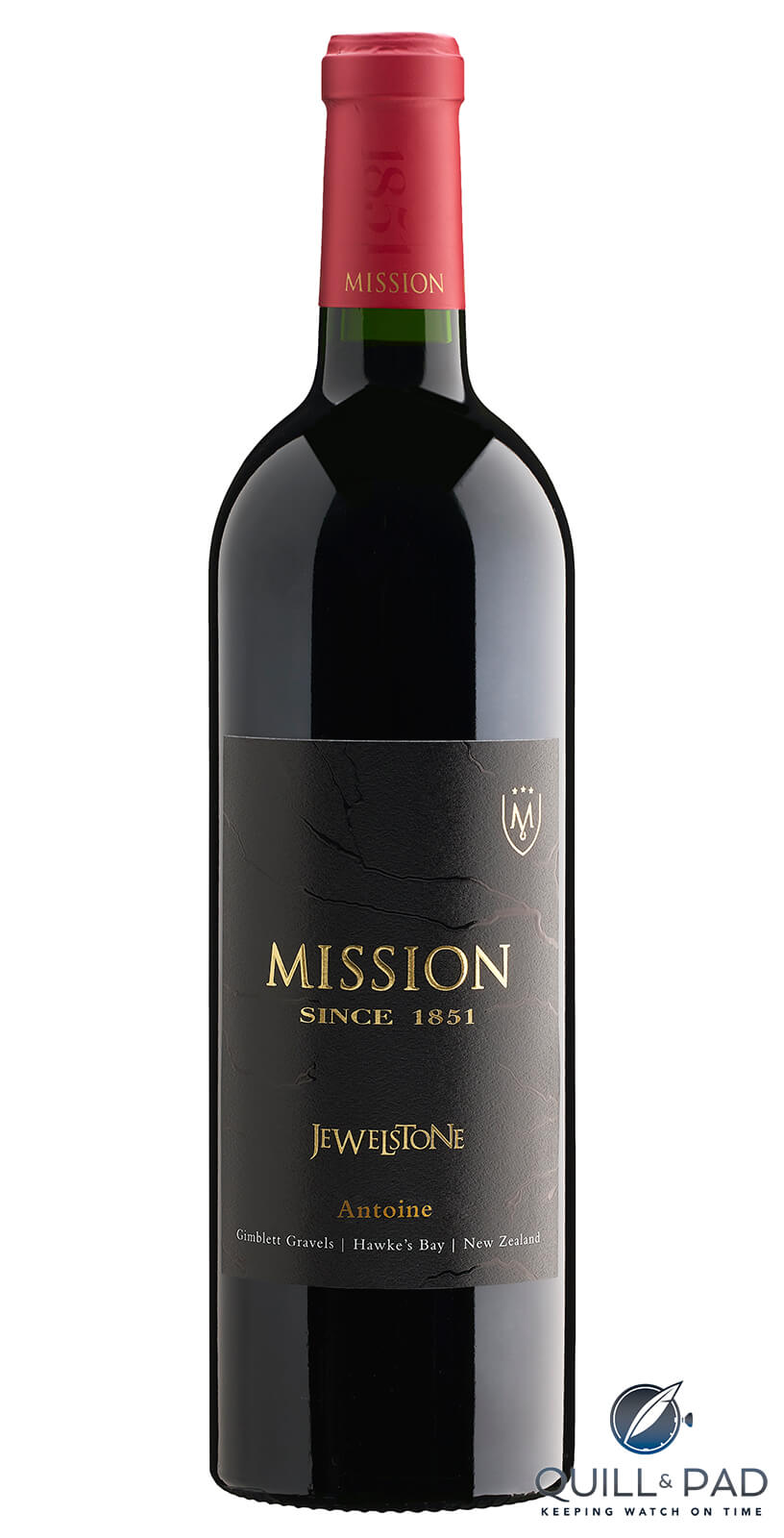
Mission Estate Jewelstone Antoine
For the blends, my top two were both 96 points – Craggy Range’s Sophia and Mission Estate Jewelstone Antoine, a blend of 52% Merlot, 27% Cabernet Sauvignon and 21% Cabernet Franc.
No wine from the Selection rated below 93 points for me. The bottom line is that there is simply not a wine among them that I would not be delighted to have in my cellar.
A note on the tannins here. It does seem that while both styles have superbly managed tannins, those in Syrah here are more silky, more sleek, than we see in the blends, although the difference is very minor.
Someone made the interesting point that the more tannic wines were made by the older winemakers, but that is an area of research I will leave to others.
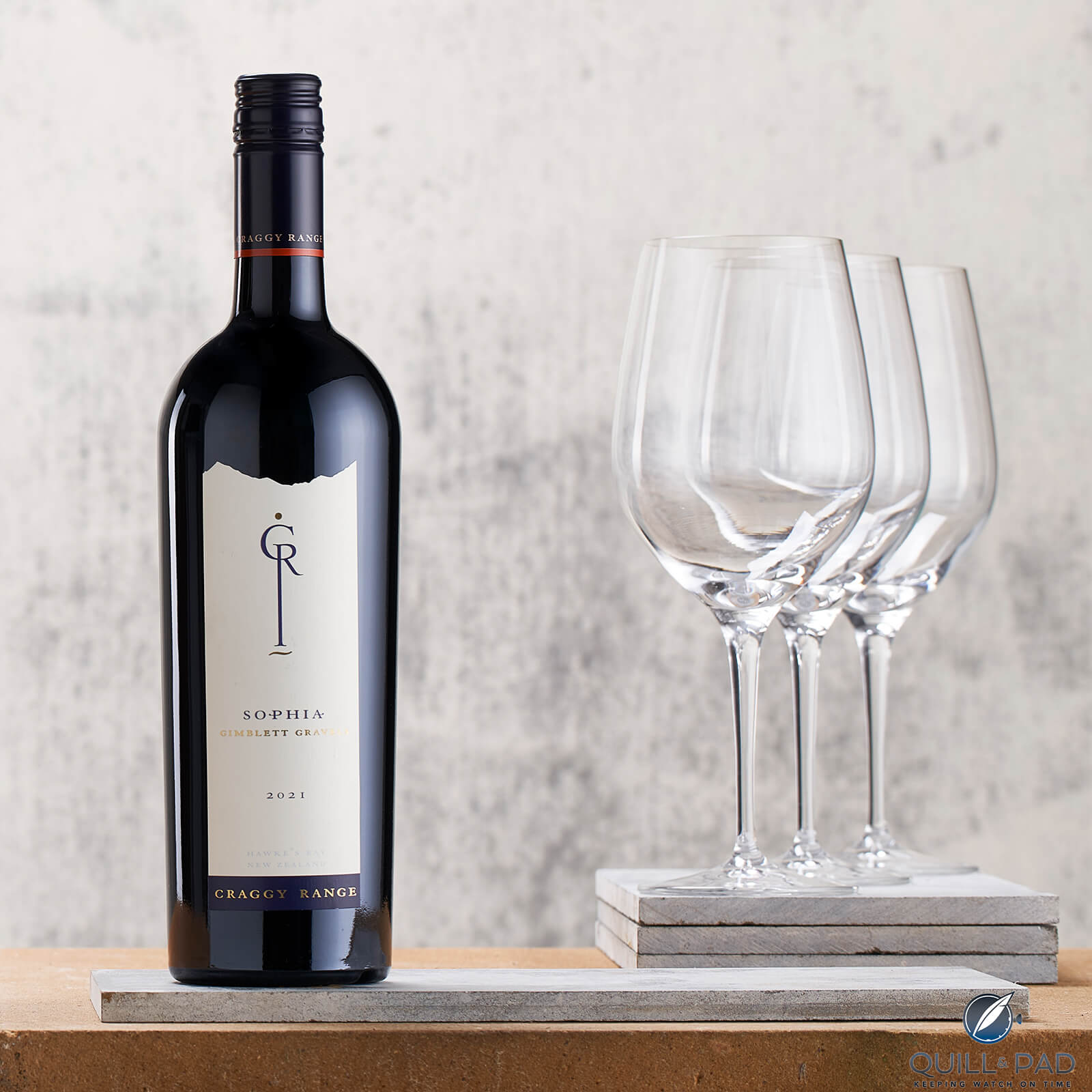
Craggy Range Gimlett Gravels Sophia 2021
The full list of the wines in the 2021 Annual Selection for Gimblett Gravels, blends first (grab any you can find – in world terms, they remain wonderful bargains) –
Elephant Hill Stone Merlot, Malbec, Cabernet Franc, Cabernet Sauvignon
Mission Estate Jewelstone Antoine
Saint Clair James Sinclair Malbec
Sacred Hill Deerstalkers Syrah
Stonecroft Gimblett Gravels Reserve Syrah
————————————————————————————
————————————————————————————
I asked organizers why the Dozen is not made available as a set for interested consumers to purchase – it would seem to make sense. As they explained, the wines are not necessarily released at the same time, meaning that some wineries would be forced to release wines before they believe them ready.
Also, the sheer bureaucracy of organizing all of the wineries to coordinate would be a nightmare.
In addition, some wines are exported to some countries but not others. So while you might not be able to purchase a full set, that does not mean you cannot seek out individual wines and wineries, or the vintage in general. Also remember that while each writer may have his order of preference, every one of these wines made the top dozen for the vintage.
Finally, Hawkes Bay has stolen the idea and now release an Annual Chardonnay Selection. Their first was from the 2019 vintage. The latest, the third such release, is from the 2021 vintage and selected by a local, Cameron Douglas MS. The final choice came from 56 submitted wines.
Tasting the Chardonnay Selection in New Zealand was the first time I have seen a set. It is another excellent idea and a great way to showcase what for me is New Zealand’s best white, Chardonnay.
The Selection for the 2021 vintage was –
Church Road 1 Single Vineyard Terraces
Fistonich Family Vineyards Esk Valley Seabed
Smith & Sheth CRU Howell Vineyard
Trinity Hill Wines Single Vineyard 125 Gimblett.
For me, the picks were Clearview, Church Road, Trinity Hill and Esk Valley, although again, a fine collection and I’d happily drink any of them.
A wonderful concept for both Selections and a wonderful way to show the world how good these wines are.
For more information, please visit https://thegimblettgravels.com/about-us/annual-vintage-selection/
You might also enjoy:
Trinity Hill Homage Syrah: A Strong Contender For New Zealand’s Best Wine
Gimblett Gravels Annual Vintage Selection From Hawke’s Bay, New Zealand: Wine Highlights And Scores
Pyramid Valley Wine From New Zealand: Terroir Taken To The Extreme
Leave a Reply
Want to join the discussion?Feel free to contribute!

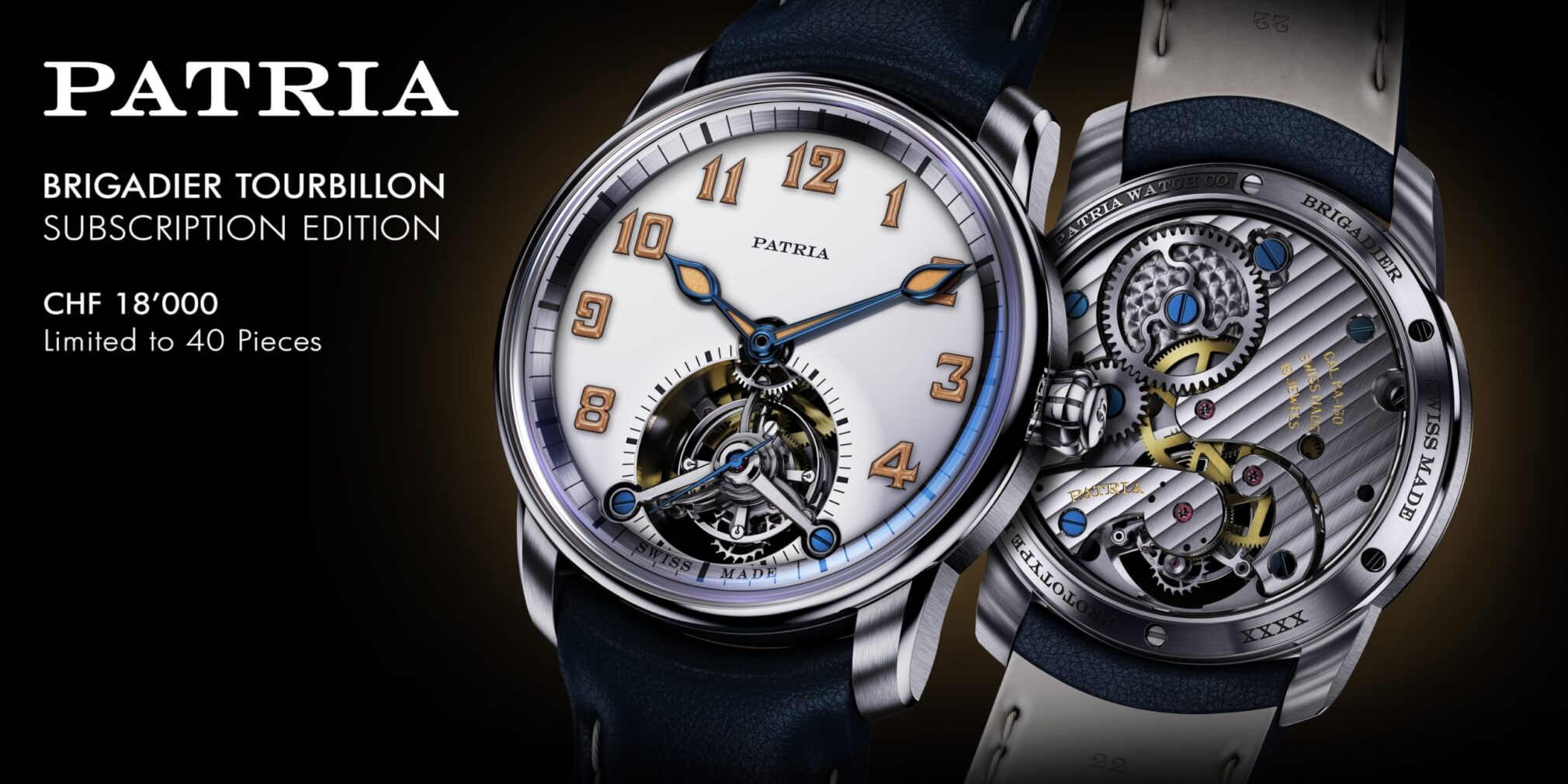
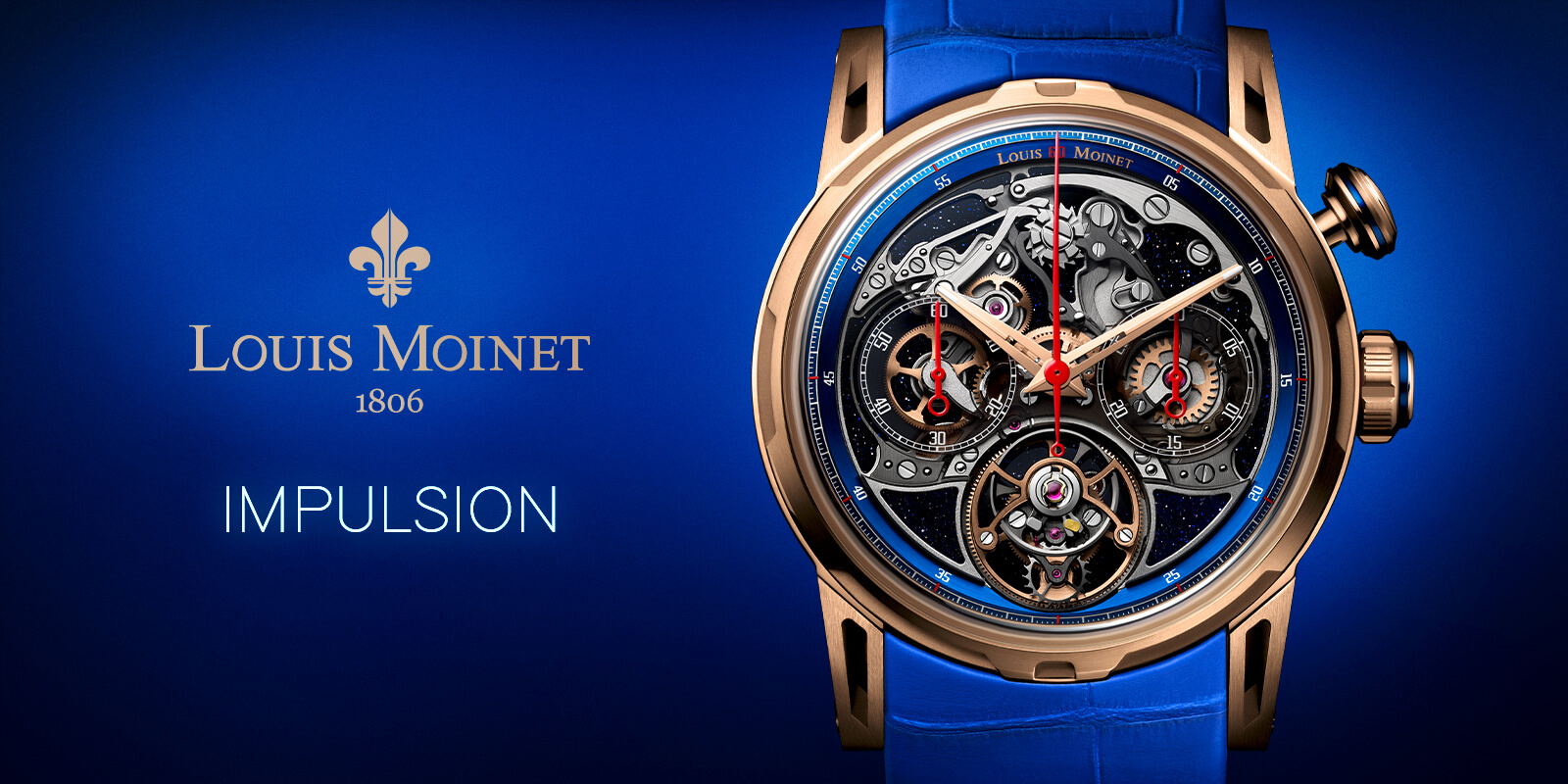
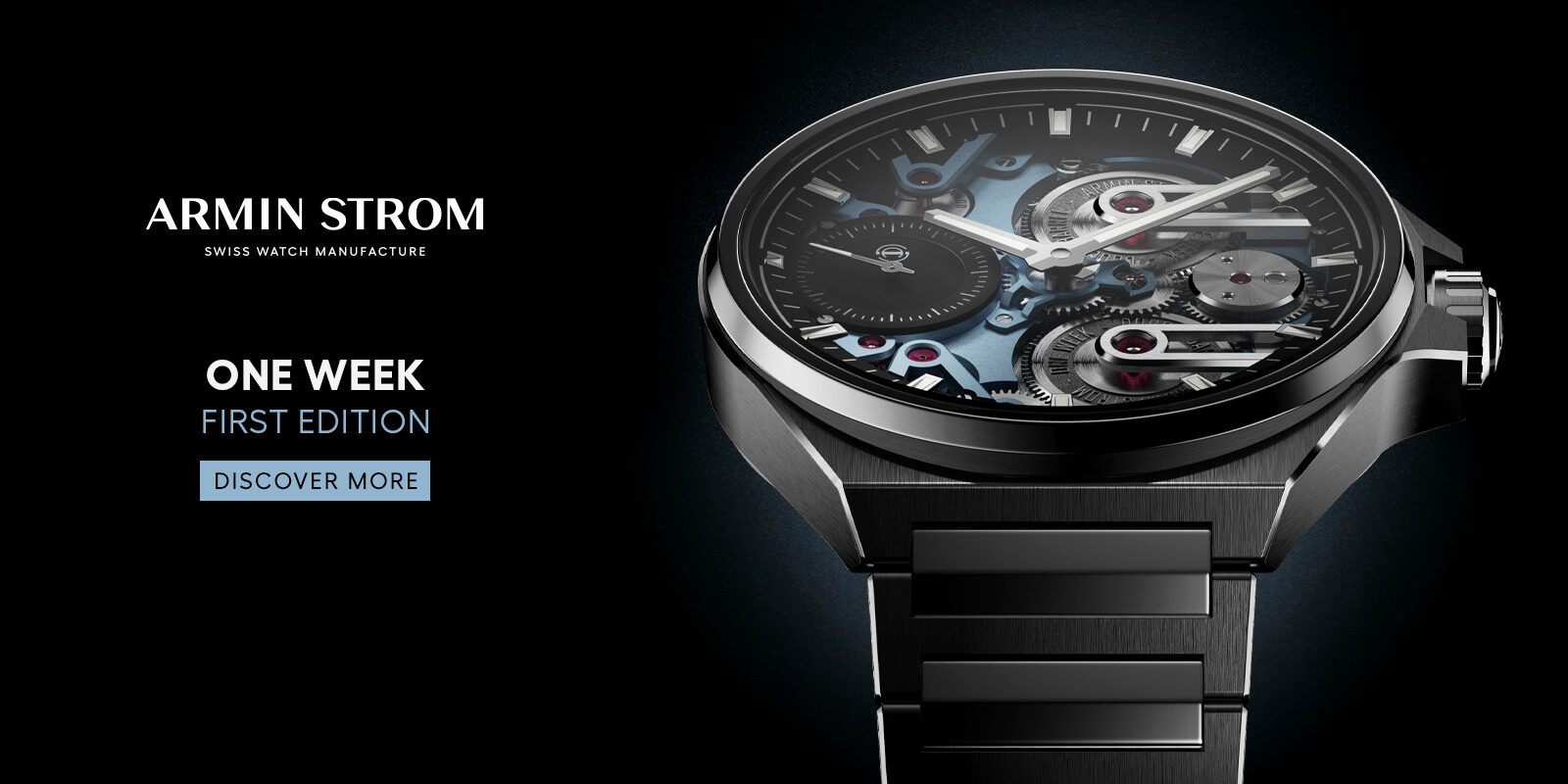
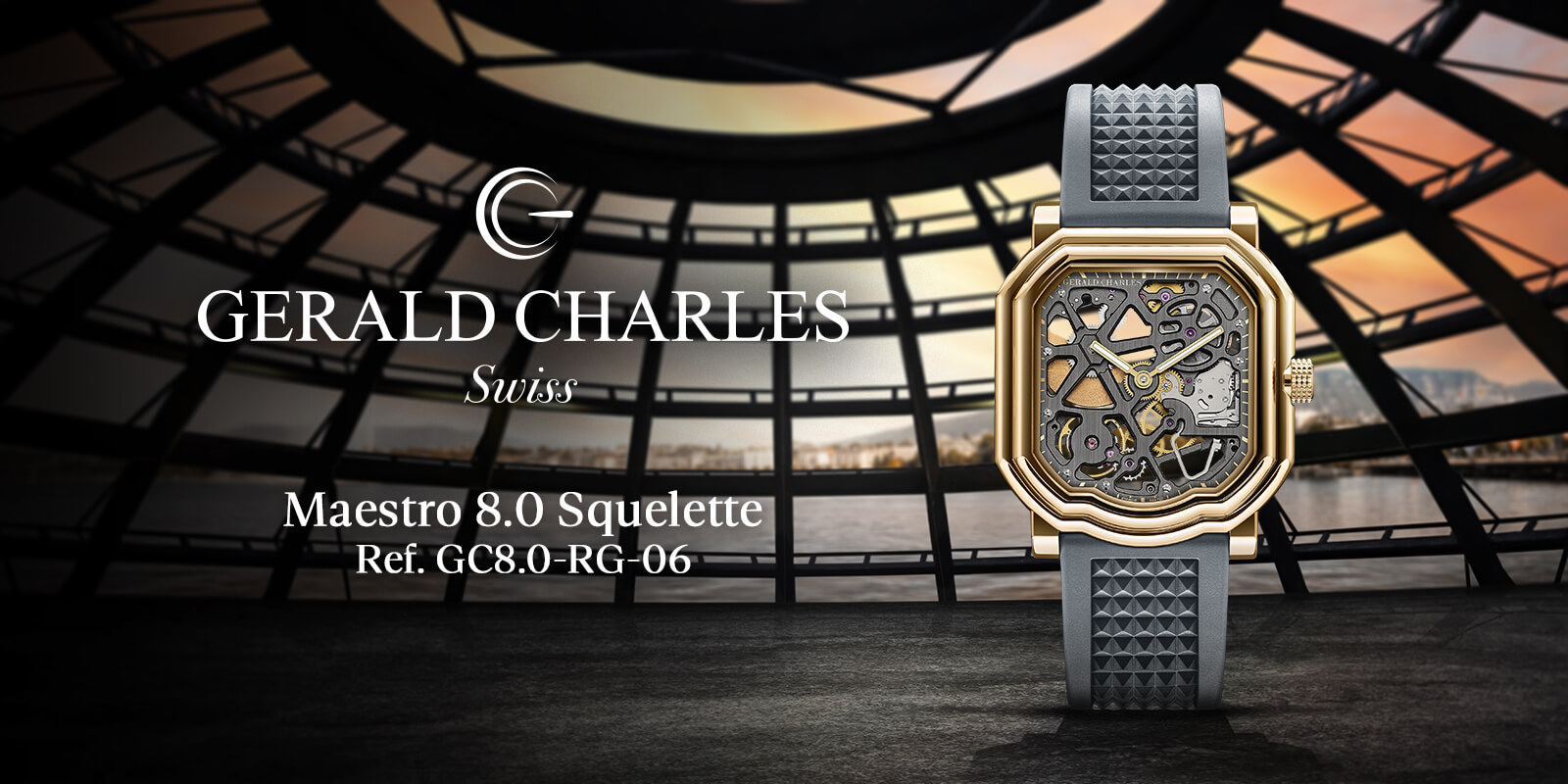


Thanks for the excellent article. Hawkes Bay is just over the hill from where I (Rotorua). I started collecting wine in the past few years and am happy to see a few of the bottles i have described above! I have the homage, deerstalkers and Le Sol. I am looking forwards to drinking them in years to come!
Thanks Mathew. Great place to live and i am sure you’ll love them.